What comes after high school for my child with disabilities?
Recently I was asked why the transition from school to adulthood is called secondary transition. To answer this question, we first have to look at the first transition.
The first transition occurs when a child who has been receiving state agency-funded services for a disability turns 3 and continues to need support and services are transitioned to mostly be provided through the school system. When a child is finishing school (either upon high school graduation or at 22 years of age), responsibility for the majority of services reverts back to the state. In California, these services come from the Regional Center.
Many different aspects of life fall under the evolving umbrella of the secondary transition, which includes nearly all events beginning at age 18 plus all other activities once the child leaves secondary education either by graduating high school in 12th grade or reaching age 22 when all students exit the school system. This is a complicated transition, which to some parents can feel like “starting all over,” referring back to when they first discovered that their child had special needs. This is because there are so many changes that occur and there is little support or information just when it is needed most.
I have worked with many families who are unaware of all that needs to be done until after their child has left the school system. At that point, they have to rush to figure out what to arrange for their child rather than being able to take the time to methodically map out the best plan.
Secondary Transition requires many steps, some as easy as assisting the child to register to vote, if appropriate, and for males over the age of 18, registering for Selective Service. Other steps, such as deciding if the child needs guardianship/limited conservatorship or ensuring that the transition plan at school meets the child’s needs, are complicated and require a lot of thought. Preparing financially to help an adult with special needs can be a daunting task and requires learning about available options and how they intermingle with services. These solutions are not “one size fits all”: choices must reflect the needs of each individual and their family’s circumstances and culture.
Although it is a complicated multi-step process, if a family begins early to address the transition, this not only reduces stress but also facilitates thoughtful, tailored choices that best suit the child and their family.
